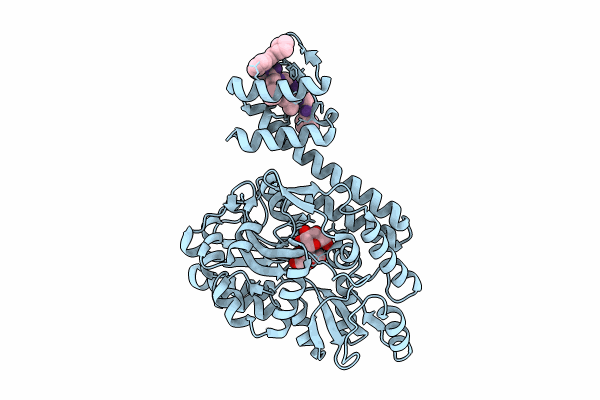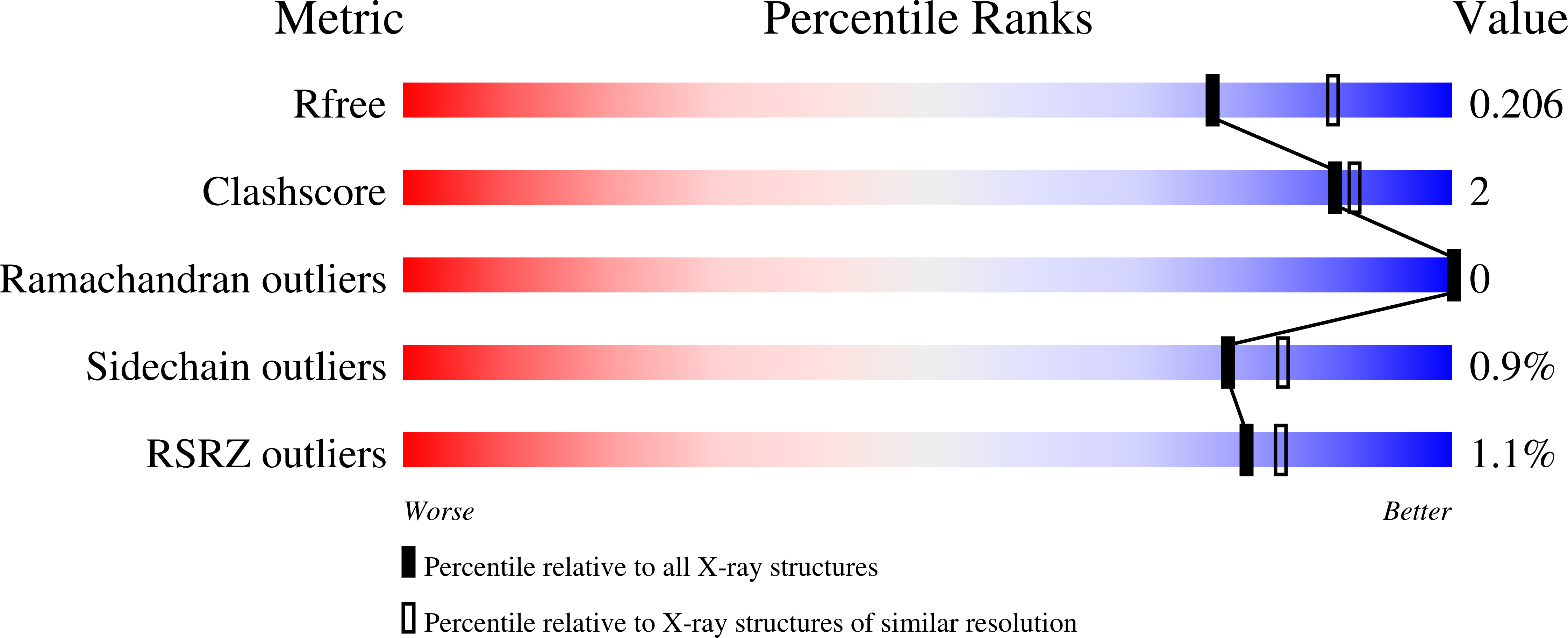
Deposition Date
2023-07-27
Release Date
2024-05-29
Last Version Date
2024-09-11
Entry Detail
PDB ID:
8TLW
Keywords:
Title:
Crystal structure of MBP and AF9 AHD fusion protein 3AQA in complex with peptidomimetic inhibitor 28
Biological Source:
Source Organism:
Escherichia coli K-12 (Taxon ID: 83333)
Homo sapiens (Taxon ID: 9606)
synthetic construct (Taxon ID: 32630)
Homo sapiens (Taxon ID: 9606)
synthetic construct (Taxon ID: 32630)
Host Organism:
Method Details:
Experimental Method:
Resolution:
2.11 Å
R-Value Free:
0.21
R-Value Work:
0.17
R-Value Observed:
0.17
Space Group:
P 41 21 2


